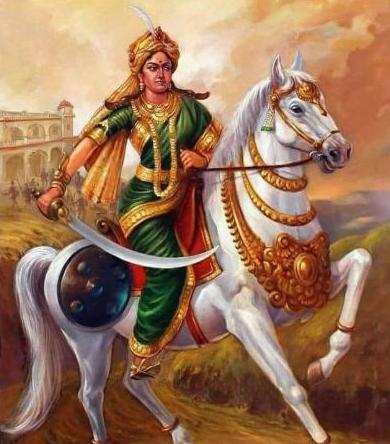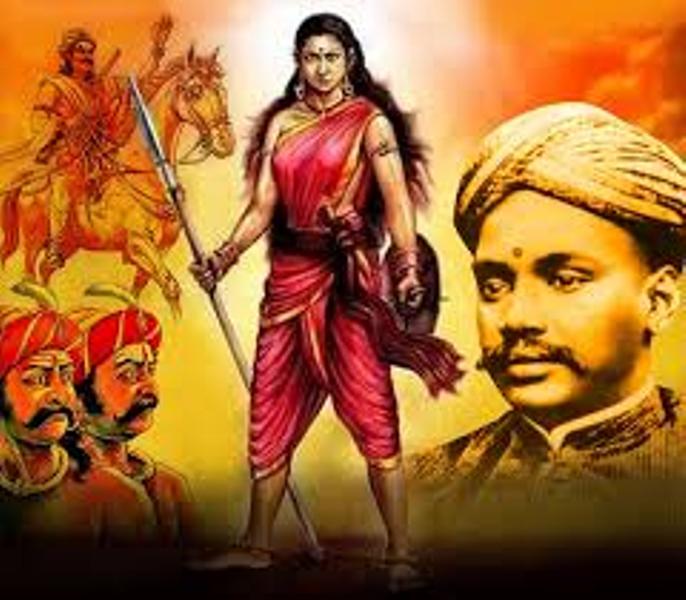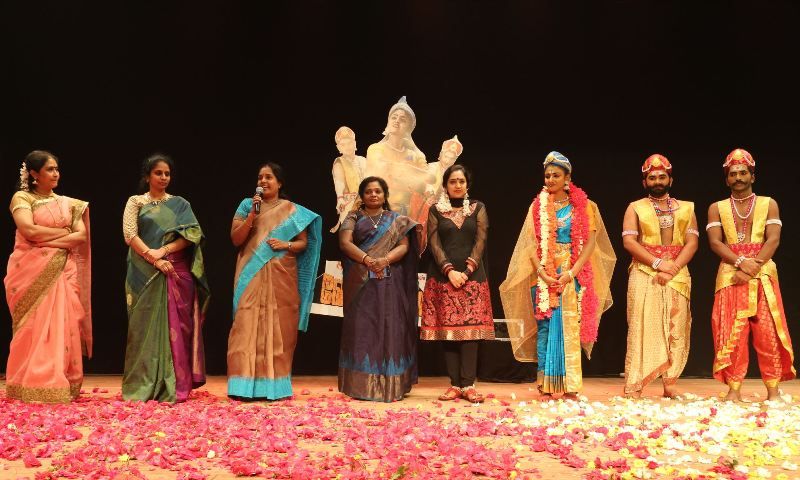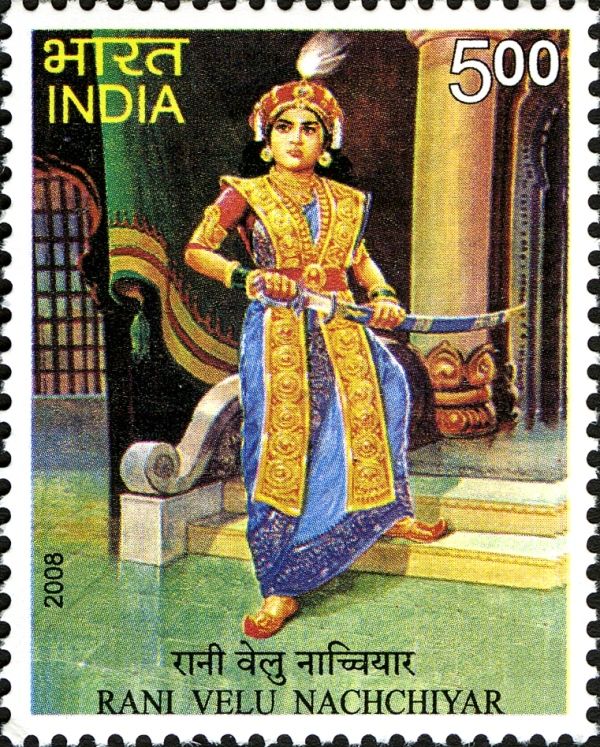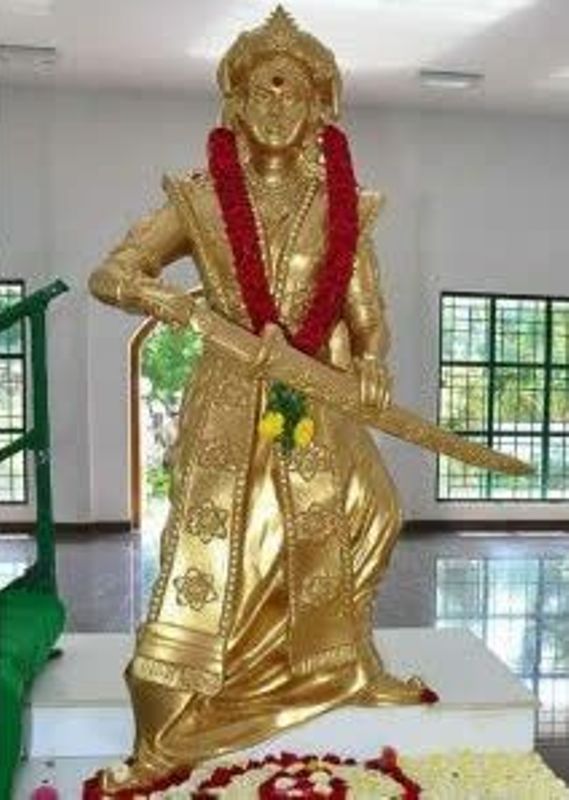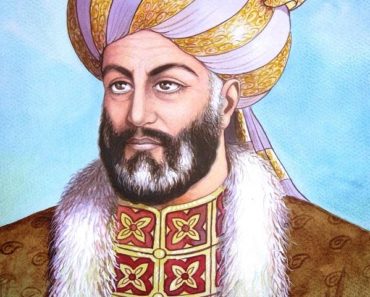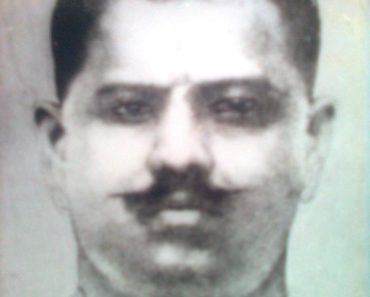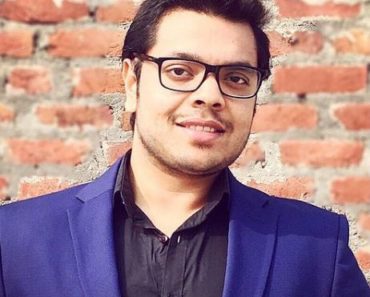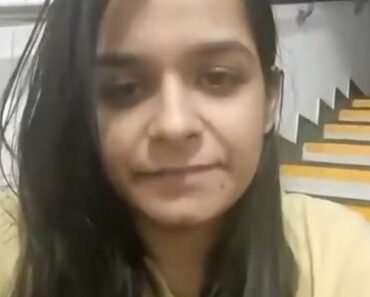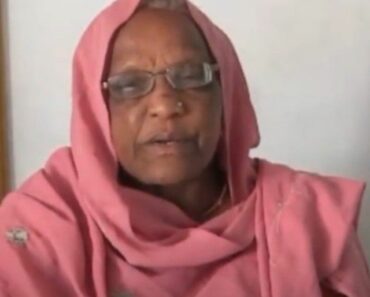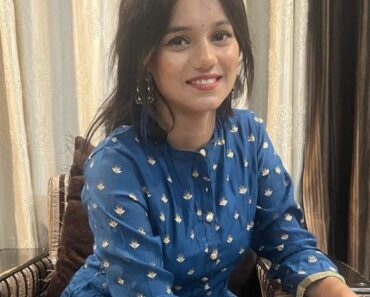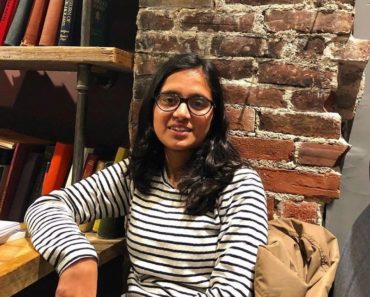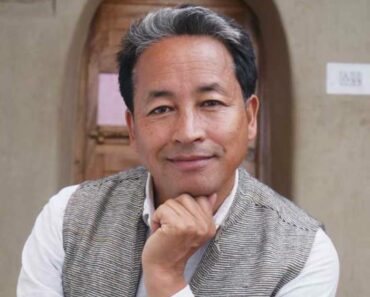Velu Nachiyar, also known as “Veeramangai” (brave woman) [1]Indian Culture by Tamils, was the Queen of Sivaganga, a zamindari estate in Madura district, Madras Presidency. She significantly contributed to establishing the initial platform for India’s freedom from British rule. She worked with many freedom fighters, and with their help, she was able to take over Sivaganga again from the Britishers. Her courage and determination made Rani Velu Nachiyar the first queen in India who fought against the Britishers for India’s freedom. At the age of 66, Velu Nachiyar passed away on 25 December 1796.
Contents
Wiki/Biography
Velu Nachiyar was born on Tuesday, 3 January 1730 (age 66 years; at the time of death) [2]Feminism in India in Ramanathapuram, Kingdom of Sivaganga, British India (now in Tamil Nadu, India). Although Velu was the princess of Ramanathapuram, she was not like any other princess at all. Since childhood, she became interested not only in martial arts like Valari and Silambam but also she loved horse riding, sword fighting, archery, and weapon usage, and she was an expert in fighting without any arms and ammunition. Including her mother tongue, she was fluent in languages like English, French, and Urdu.
Family
Velu was born and raised in a Tamil royal family of Ramanathapuram, Kingdom of Sivaganga. [3]Feminism in India
Parents & Siblings
Velu was born to the King of Ramnad kingdom Chellamuthu Vijayaragunatha Sethupathy and Queen Sakandhimuthathal. She was the only child of her parents.
Husband & Children
She got married to Muthu Vaduganatha Periyavudaya Thevar, king of Sivaganga, at the age of 16, and she gave birth to their only child, a daughter named Vellachi Nachiyar who went on to become the heiress of Sivaganga.
Ruled over the Kingdom of Sivaganga
A few years ago, before she was born, a segment of land was separated from the Ramnad kingdom and was named the Sivaganga kingdom, and Sasivarna Thevar became the king of the Sivaganga kingdom. By the time she grew 16 years old, her family had started a search for a perfect match for her. In 1746, the rulers of the Ramnad and Sivaganga kingdoms decided to make a marriage pact that the princess Velu will get married to the prince Muthu Vaduganatha Thevar of the Sivaganga Kingdom. After a while, she was married to the king of Sivaganga, Muthu Vaduganatha Periyavudaya Thevar. For around 20 years, the couple ruled over the kingdom and lived happily with their family and the people of the kingdom till the Britishers came and attacked Sivaganga.
A Runaway Queen Who Lost Everything
When the Britishers came to India, a few years later, they became an ally of the Nawab of Arcot, Muhammad Ali Khan Wallajah, and before attacking Sivaganga, they had already captured the Madurai Nayaka Empire, but the king of Sivaganga refused to give away his kingdom and that’s when the war began. In 1772, one day, the king of Sivaganga was going for his regular worship at the Shiva temple, Kalayar Kovil near Sivaganga. With the help of the Nawab of Arcot, the East India Company (EIC) attacked the temple and Sivaganga kingdom. The British Army led by Lieutenant Colonel Abraham Bonjour invaded the temple premises without getting caught. Armless king had no clue about the attack and was killed ruthlessly. They robbed all the jewels from the temple including 50,000 gold coins. Another group of British soldiers guided by Commander Joseph Smith attacked the Sivaganga fort in the absence of the king. Many people lost their lives in that war, including the king himself. She had to run away with her little daughter with the help of her minister Dalavoy Thandavaraya Pillai.
Sacred Oath to take Revenge
Even after killing the king of Sivaganga and snatching the throne from him, the Nawab, Muhammad Ali Khan Wallajah, did not sit peacefully. He wanted to erase the whole clan of Muthu Vaduganatha Periyavudaya Thevar so that no one ever tries to regain the throne from him in the future. So, he decided to end the lives of the widow of the king, Velu and his little daughter, Vellachi. The vicious and sly Nawab ordered to hunt for the queen and princess as soon as possible. Luckily, both of them were not in the vicinity of the attack at that time. However, the Maruthu brothers, two reliable headmen, and the queen got to know about the hunt. They went to Kollangudi and managed to help them in escaping to Dindigul, which was far enough from the reach of the Nawab’s soldiers. During her stay at Virupachi near Dindigul, she strengthened herself mentally and physically. Udaiyal, who was Velu’s trustworthy bodyguard was tormented and forced to disclose her queen’s hideout, but the brave and devoted Udaiyal did not reveal anything and was murdered brutally. When the queen received this news, she was broken, and in pent-up anger, she swore vengeance on Udaiyal’s killers, regaining her throne, and making the Britishers pay for what they did.
The Widow-turned-Warrior
For 8 years, she lived under the protection of Palayakaarar Kopaala Naayakkar at Virupachi, Dindigul. Everything was snatched away from Rani Veru, both her husband and Sivaganga. All she wanted to do was to take revenge for her husband’s murder and win back her kingdom. While she was planning and plotting against the Britishers and how to make them lose their control over Sivaganga, she had to keep moving around to change her hideouts constantly after a certain time period just to stay safe from the EIC and keep preparing for the warfare. Meanwhile, the Nawab of Arcot changed the name of the kingdom from Sivaganga to Hussain Nagar. There were three major cantonments in which the soldiers were divided, Periya Maruthu also known as Vellai Maruthu led the Valari Padai, Vaal Padai was led under the guidance of Chinna Maruthu and she made an army named “Udaiyal Army” or “Udaiyal Padai” in memory of his faithful bodyguard which was an all-woman army. She started enlisting various women and trained them for the upcoming battle. Kuyili, who was a Dalit woman, was entitled as the commander of the army. Meanwhile, she met the Sultan of Mysore and the father of Tipu Sultan, Hyder Ali. He said no even when Velu asked for his help in fluent Urdu but later on, after being impressed by her, he decided to give gunpowder weapons, training, 400 sovereigns of gold per month, and 5000 soldiers including his infantry and cavalry. Other than Hyder Ali, many feudal lords, Tipu Sultan, the Maruthu brothers, and Thandavarayan Pillai supported her in the fight against the British East India Company.
Attack: Time to own the Throne!
For the next few years, Rani Velu kept on winning the regions that she lost previously. The first place to be regained by her was the Kalaiya temple. By 1980, only Sivaganga was left to conquer as they had better weapons in comparison to what Velu and her army had. So, she came up with a solid plan to win the battle against the Britishers because she knew that it would not be easy to trick them, and the strategy was called the ‘Chakra Vyuh.’ Her commander Kuyili and Rani decided that they will enter the Fort on the occasion of Vijayadashami when there will be more people going in and out of the fort to worship at the temple of Rajarajeshwari Amman compared to any ordinary day with less checking customs and barricading, which would make it easier to invade the fort. Commander Kuyili and her troop entered the fort masquerading as local ladies from a neighbouring village. By the time Britishers could figure out anything, Rani’s trustworthy spies told Kuyili about the location of their ammunition. She had the only chance to win this battle, so without any further delay, she poured a bucket full of Ghee all over her body, set herself on fire, and went straight into the storeroom of ammunition. The whole storage room blew up and then entered Velu Nachiyar with her army and furiously attacked the Britishers with rage and slaughtered everyone who came their way. With that unforgettable blast, the rule of the British empire over Sivaganga ended in 1780.
Came, Fought, and Won!
Rani Velu regained her husband’s kingdom and looked after it for ten more years. She took the Marudhu brothers’ help in taking care of the administration of the kingdom. The elder brother Periya Marudhu was appointed as the Commander-in-chief, and the position of the minister was given to the younger brother, Chinna. In 1790, Velu’s only daughter Vellachi Nachiyar inherited the throne and became the second queen of Sivaganga. In 1796, the queen died and wrote her name in golden among the people who died for contributing to the movement for independence of our country from the East India Company (EIC). She will always be remembered as the valorous queen who was determined to liberate her kingdom and its people from the rule of the Britishers at all costs. People of that land still respect her, and she remains a source of inspiration for them.
Death
Some sources say that in the last few years of the queen’s life, she was suffering from heart illness and even went to France for treatment. After 66 years of living a restless life, Velu Nachiyar died on 25 December 1796.
Facts/Trivia
- Sriram Sharma, who is a theatre director, spent almost 10 years researching the queen’s history. He directed a play on 21 August 2017, which portrayed Queen Velu Nachiyar’s life story through a grand dance ballet convened in Naradha Gana Sabha in Chennai, on 9 September 2017 in Mumbai, and on 21 September 2017 in Delhi.
- As a tribute to her contribution to fighting against the East India Company, a postage stamp was released in her memory by the Government of India on 31 December 2008.
- Velu Nachiyar was the first queen in India to fight and win against the Britishers. She fought them in 1780, 77 years before India’s first war of Independence.
- The queen and her Dalit commander Kuyili were the first ones to record a suicide bombing in Indian history. [4]Indian Culture
- A Tamil-American Hip-Hop artist, Professor A.L.I., created a song devoted to her titled “Our Queen” as one of the tracks from his album “Tamilmatic” in 2016.
- On 18 July 2014, Veeramangai Velu Nachiyar Memorial in Sivaganga was inaugurated by the then Chief Minister of Tamil Nadu, late Jayaram Jayalalithaa. She also unveiled a bronze statue of the Queen and declared that 3 January will be remembered as the birth anniversary of the brave queen Velu Nachiyar. [5]Feminism in India
- As a thank you to Hyder Ali for supporting Velu Nachiyar amidst war, she built a mosque to show gratitude towards him. Even after Hyder Ali died, she maintained the same strong relations with his son, Tipu Sultan.
- Velu Nachiyar was a well-educated Queen, and she was fluent in many languages including Urdu, English, and French.
References
| ↑1, ↑4 | Indian Culture |
|---|---|
| ↑2, ↑5 | Feminism in India |
| ↑3 | Feminism in India |

